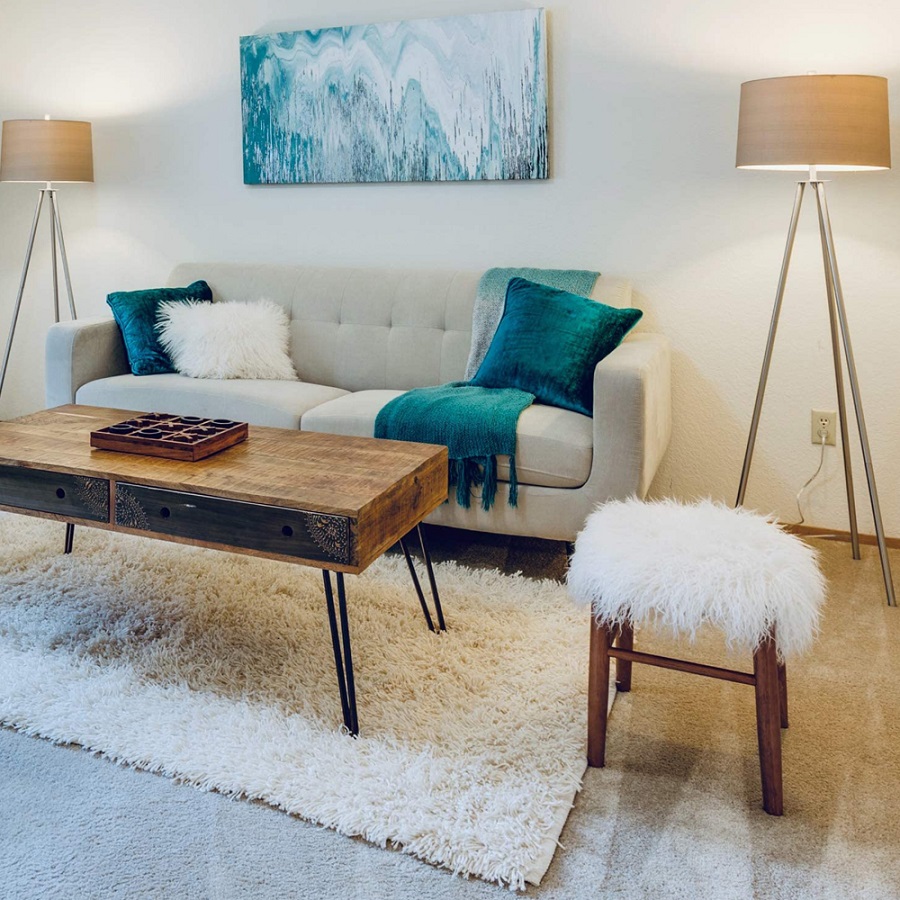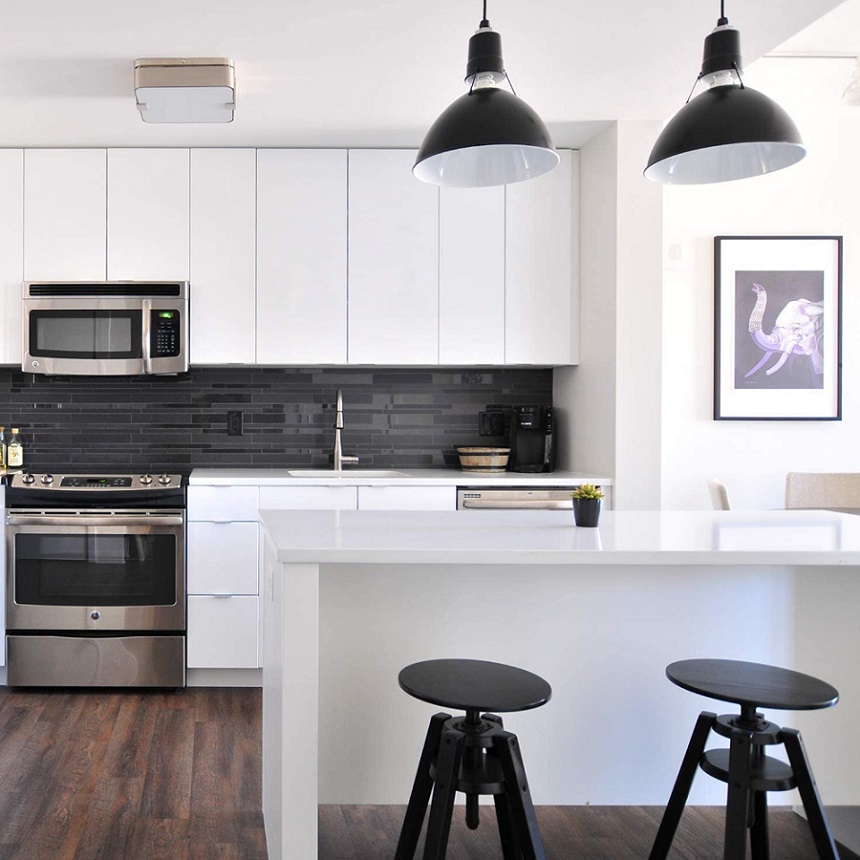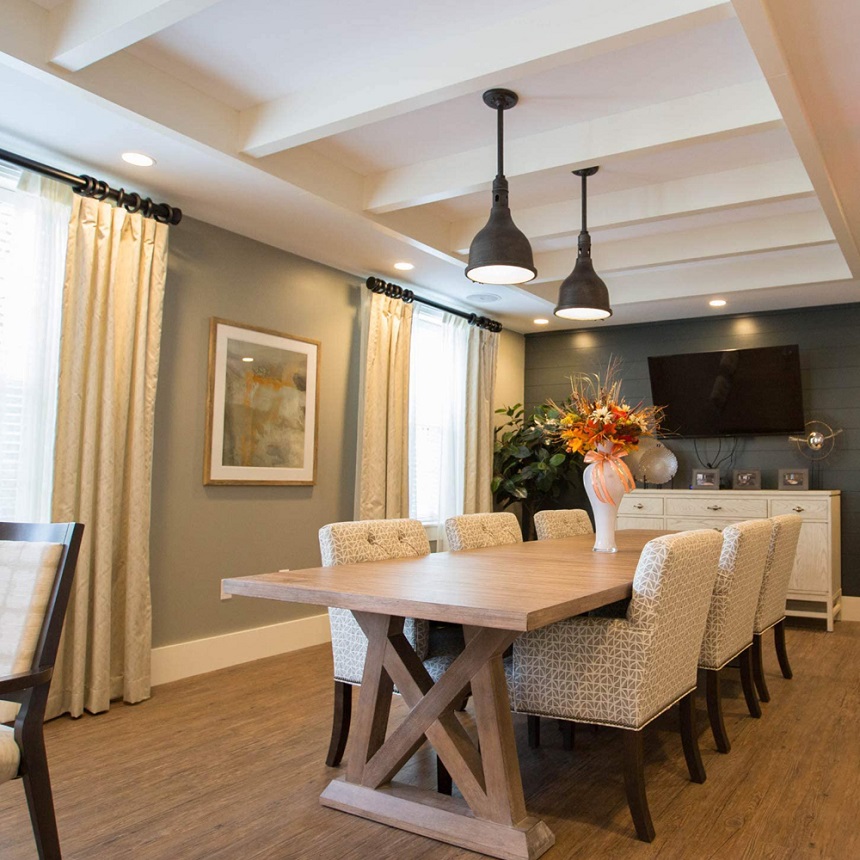A Guide For Lighting Your Home

Finding the great lights for each room in your home can be tough when there are so many options to pick out from. Different kinds, bulbs, brightnesses, and colors of lights all can affect a person’s intellectual health, sleep styles, and universal well being, in particular for the ones which can be touchy to mild. It’s critical to find the quality lights that caters to each room of your property, so we’ve made a manual to make navigating the ropes of lighting a touch bit simpler.
Types of Lighting
Ambient or General Lighting: This usually is the principle source of lighting for a room, and creates a secure level of brightness at a room’s “resting” stage. Think of this uniform lights as when you walk right into a room and turn a switch. You must be capable of effortlessly see the entire space, stroll round without difficulty, and there shouldn’t be an awful lot glare or excessive brightness. Ambient lighting can be accomplished with wall and ceiling fixtures, chandeliers, lanterns, and recessed or song lights.

Task Lighting: Task Lighting is commonly brighter than ambient lighting fixtures, as it is allows you to do specific responsibilities inclusive of meals training, facial hygiene and make-up, studying or writing, and operating on hobbies. This sort of lighting is focused to a selected area and consists of recessed or tune lighting fixtures, pendant lighting, ground or table lamps, and beneath-cabinet lights.
Accent Lighting: This lighting fixtures highlights sure regions of your own home and creates visible interest through drawing your eye to an accent of a room which include artwork, sculptures, wall textures, or window remedies. It generally have to be at least 3 instances brighter than the ambient light round it to be effective. Accent lighting fixtures is usually furnished by way of spotlights, recessed or song lighting, and wall-set up furniture. Shop LED Lighting
Living Room: Use ambient lighting fixtures to create your preferred brightness, and then use accent lighting fixtures to create visual hobby on a wall or in a corner. Task lighting fixtures including a table lamp additionally can be present in case you use the distance to study.
Kitchen: In addition to ambient lighting, you’ll want a robust supply of mission lighting for making ready food. Consider adding dimmers so that you will have brightness whilst cooking and are capable to show the lighting fixtures down a notch to experience your meal or socialize with cherished ones.

Bedroom: design your own sleepy-time ambient lights, and install project lights to areas inclusive of a nightstand where you study or a dressing place.
Bathroom: Like laundry rooms, bathrooms usually have ambient lighting fixtures that is used as challenge lighting fixtures. Bring brightness to regions like your sink and mirror. You also can use candles as accessory lighting to add intensity in your rest room.
Types of Bulbs
Incandescent: These are the bulbs which have been across the longest and are likely the maximum conventional of all bulbs. Incandescent bulbs use a filament that is heated to the factor of glowing, that is used to supply a heat light. Incandescent bulbs last approximately one year and do no longer include mercury.
LEDs: Light Emitting Diode (LED) bulbs use an electrical present day exceeded via a semiconductor cloth to light up the tiny light assets referred to as LEDs. These bulbs live cool to touch because the warmth is produced in a warmth sink in the bulb. LEDs produce an expansion of brightnesses and tones. These bulbs are a whole lot greater energy efficient than incandescent light bulbs and can last up to 20 years.
CFLs: An electric present day flows between electrodes at each quit of a tube containing gases, generating ultraviolet (UV) warmth and light. A phosphor coating on the inside of the bulb strikes in opposition to the UV mild, reworking it into seen light. Like LEDs, those bulbs come in a selection of light brightnesses and tones. These bulbs can ultimate approximately 9 years, however they do comprise mercury so more care is needed for disposal.
Halogen: Halogen bulbs use the same approach as incandescent bulbs to provide mild, but they use less electricity. They final twelve months and do now not incorporate mercury.
Fluorescent: Fluorescent bulbs are tubes full of mercury vapor that emits UV light when energy is applied. The tubes have an inside coating that turns the UV mild into visible light. Like the CFLs, fluorescent bulbs contain mercury, which desires to be cautiously disposed.
Reading a Bulb’s Label
The FTC calls for bulb packaging to include a label, similar to a nutrition label on a bundle of food, that consists of facts about how long the bulb will last, how much electricity it uses, whether or not it meets Energy Star necessities, brightness degrees, and light appearance (heat or cool). This label holds key records on the way to find the high-quality lighting for each room in your private home.
Brightness: Lumens are the degree of brightness for light bulbs. The extra lumens the bulb has, the brighter the mild is. A normal domestic bulb produces approximately 800 lumens, which is the equivalent of 60 watts.
Living Room: 1,500 – 3,000 general lumens
Kitchen: 5,000 – 10,000 total lumens
Dining Room: 3,000 – 6,000 overall lumens
Bedroom: 2,000 – four,000 general lumens
Bathroom: 4,000 – 6,000 total lumens
Correlated Color Temperature: Kelvins are the units of measurement of a bulb’s colour temperature or how warm or cool the mild that it emits is. The better the Kelvins, the cooler the mild is. Studies have discovered that hotter mild makes you experience greater comfortable, while cooler mild makes you feel more alert. Consider the coloration temperature measured by way of Kelvins whilst you are looking for the best lighting for your own home.

Warm (orange/crimson) bulbs are typically between 2,700K and 3,000K.
Medium white bulbs are usually among 3,000K and 4,100K.
Cool (blue) bulbs are generally four,100K and better.
Living Room: Choose a heat white bulb around 2,700K for an inviting experience, or if you prefer matters a little brighter, go along with a smooth white bulb round 3,000K.
Kitchen: Kitchens need to be light and bright, so look for bulbs round three,500K – 4,100K.
Dining Room: Choose a bulb around three,000K for a nice ambiance.
Bedroom: You don’t want quite a few bright, blue mild before you doze off, so choose a warm and relaxed bulb round 2,700K.
Bathroom: Create a easy and neat feel with bulbs from 3,500K – 4,100K.
Types of Light Fixtures
Table Lamps: This is one of the maximum decorative styles of lighting fixtures. Sit an accessory lamp on an cease desk, desk, nightstand, or dresser to mild up your room.
Floor Lamps: Floor lamps deliver off mild around standing eye-stage and don’t take in tabletop area.
Ceiling Mount Lighting: Often integrated to your house, these lights are managed by means of a switch and ship light downward.
Chandeliers/Pendant Lighting: This Lighting hangs from the ceiling and regularly makes a room have a positioned-collectively feel.
Sconce: Sconces are attached to the wall and cascade lights outward.
Recessed/Track Lighting: This form of mild sheds light throughout an entire room.
Living Room: desk lamps, floor lamps, ceiling lighting, sconces
Kitchen: ceiling lighting fixtures, recessed/song lighting
Dining Room: chandeliers, pendant lighting
Bedroom: table lamps, floor lamps, ceiling lighting
Bathroom: ceiling lighting fixtures, recessed/music lighting fixtures, sconces
Overall, locating the pleasant lights for your private home is a long manner, but it doesn’t must be difficult with this guide. Once you are done, you will be happy that you took the time to discover the exceptional lighting fixtures for every room, as mild truly affects your intellectual and bodily health.